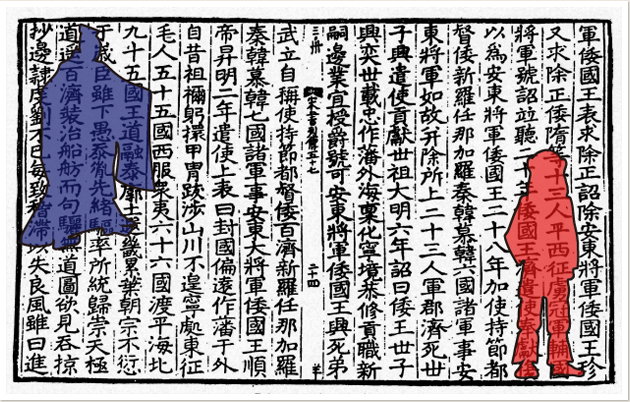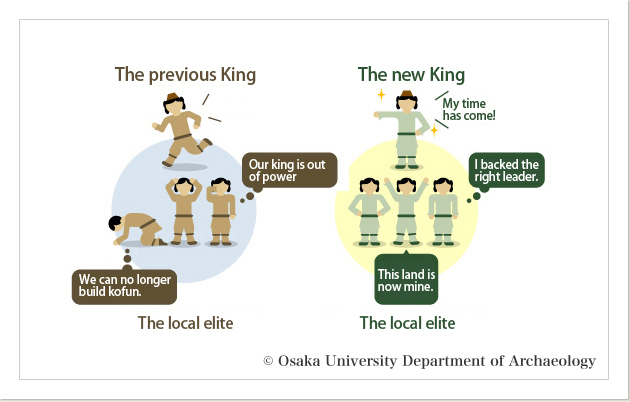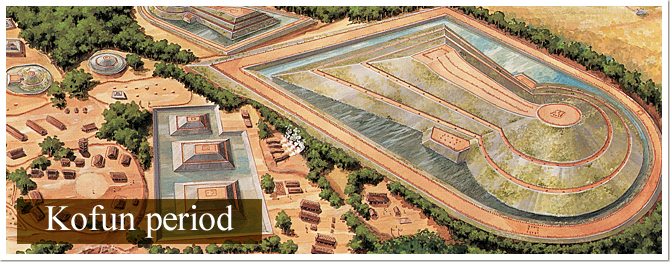In an East Asian context
Komagatanikita Kofun and Nonaka Kofun, built in the 4th and 5th centuries, respectively, clearly differ in the volume and content of their funerary accessories. In the 4th century, for example, bronze mirrors imported from China were symbols of power held by influential figures, as observed through the mirrors unearthed from Komagatanikita. The extraordinary quantities of weapons and armor discovered at Nonaka Kofun, however, clearly indicate a shift to an era when military power spoke volumes.
In the 4th and 5th centuries, East Asia was going through a time of upheavals, with new states coming and going in rapid succession. After the turbulent times of the Period of Sixteen Kingdoms (304 - 439 A.D.), China saw the foundation of the Northern Wei Dynasty in the north and the Southern Sung Dynasty in the south during the 5th century, thus beginning the period of the Wei Jin Southern and Northern Dynasties. Meanwhile, on the Korean Peninsula, a number of states – Goguryeo to the north, and Baekje, Silla, and Gaya to the south – vied for supremacy while maintaining diplomatic negotiations with the Southern and Northern Dynasties of China.
The need to respond to emerging situations in East Asia presumably encouraged the rise of forces that, as Nonaka Kofun demonstrates, possessed military power and connections with various regions of the Korean Peninsula.

The shift of monumental zenpō-kōen-fun (keyhole-shaped tombs) discussed earlier coincides with tumultuous changes seen throughout East Asia, in addition to a major shift in the location of smaller-scale, local tombs throughout Japan. Political changes at the center are thus interpreted to have had an impact on elite lineages across the country. This organic and immediate link between center-periphery relations suggests that Kofun-period society was a cohesive political unit akin to a state.

Due to the lack of written records, there still remain numerous mysteries about the formation of Japan's ancient state. Excavations of smaller tombs, such as Nonaka Kofun, however, have been offering invaluable glimpses into the past.





